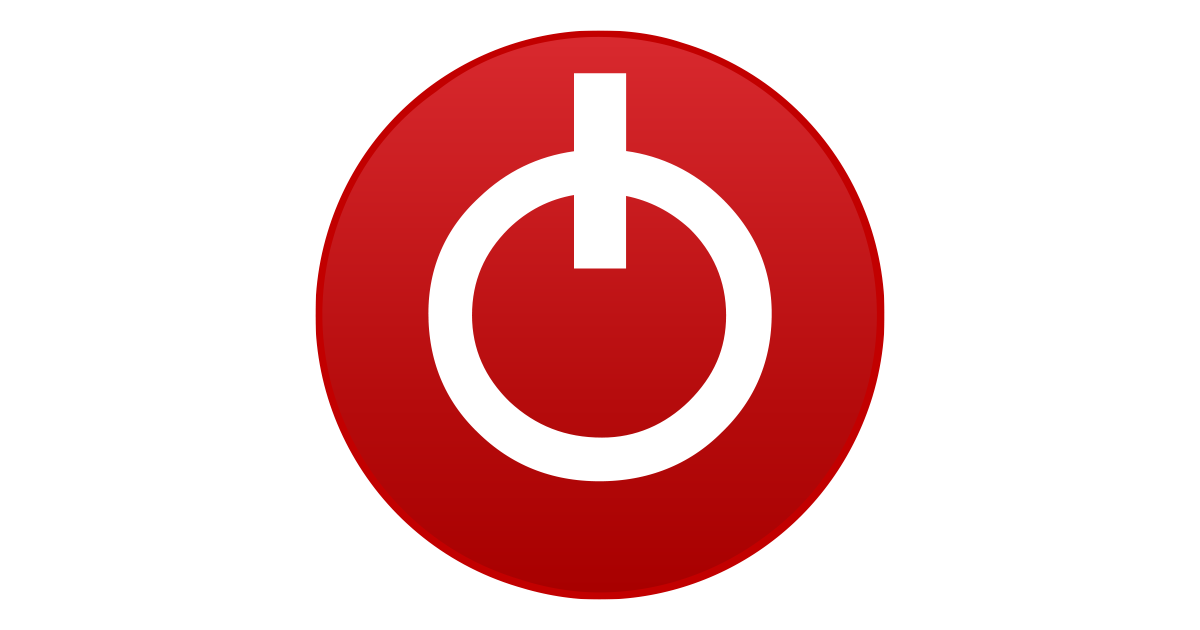Using TS UV, repasting, and some thermo mods, I have the 7590 operating nicely. I can sustain 45W (TS reporting around 50) with no throttling under manageable temps. I am now curious whether it is possible to push the 9750H to 60W. If yes, how do I go about doing that with TS? I have the computer plugged in with a 130W adapter, have the Windows performance bar to best, disabled TS FIVR Disable and Lock Turbo Power limits, unclamped TPL, and set Speed Shift to ~60. Still, the computer does not draw more than 45-50W. Is there something else I should do?
On another question, the FIVR profiles are set between battery and AC profiles (which, at this time, are the same). I have the TPL long and short turbo set mostly to conserve battery. Is there a way, when plugged in, to allow the turbo short to run longer and at higher TPL?
TS is still new to me, so I may be barking up the tree in a wrong way. Please feel free to provide any guidance that might help me understand better how TS should be used.
Thank you.
On another question, the FIVR profiles are set between battery and AC profiles (which, at this time, are the same). I have the TPL long and short turbo set mostly to conserve battery. Is there a way, when plugged in, to allow the turbo short to run longer and at higher TPL?
TS is still new to me, so I may be barking up the tree in a wrong way. Please feel free to provide any guidance that might help me understand better how TS should be used.
Thank you.


